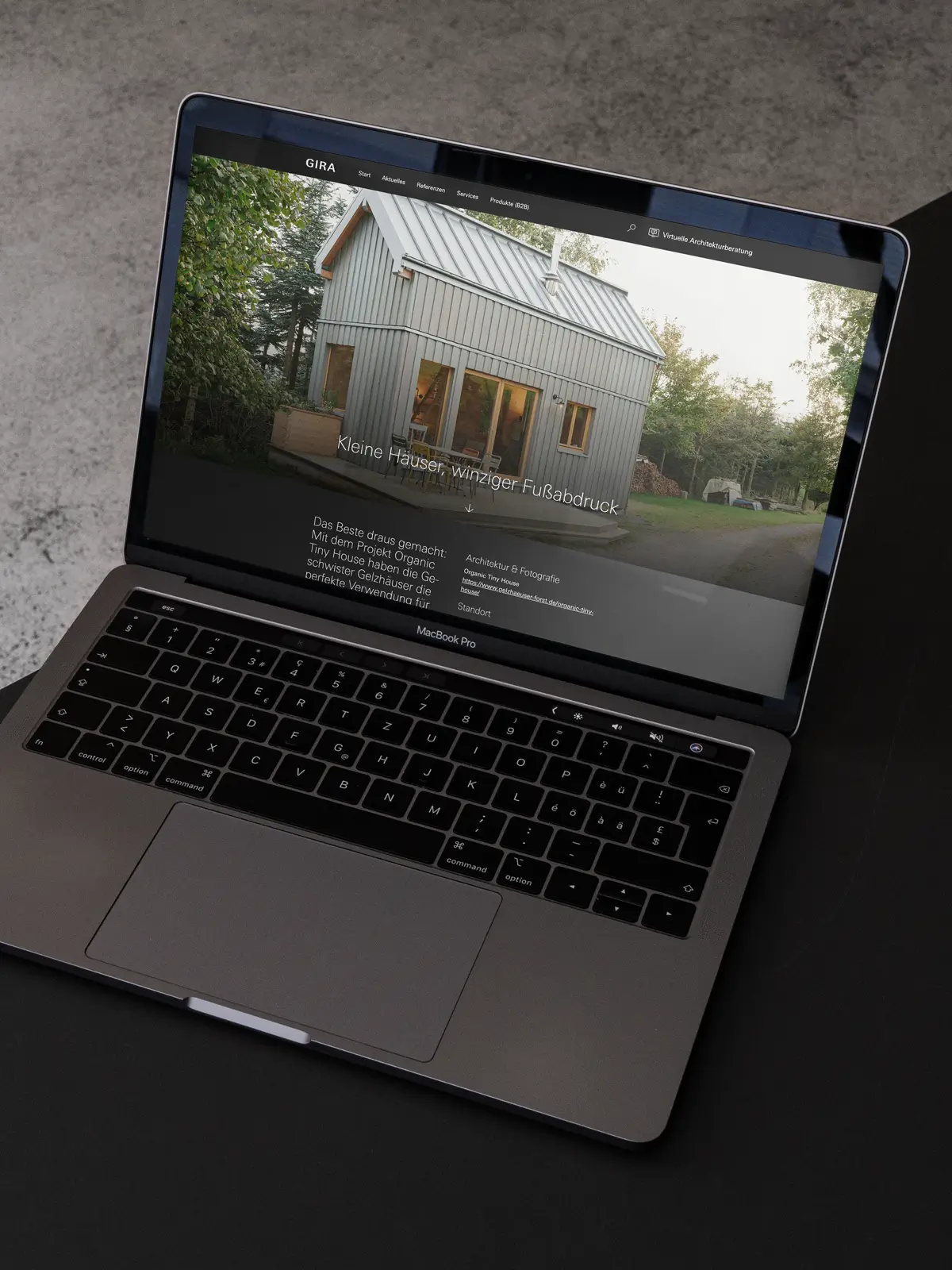Green claims: What construction product manufacturers should consider regarding their environmental statements in the future

Foto: Eduardo Taulois
In this first part of a two-part series, we inform you about what you, as a construction product manufacturer and design brand, need to prepare for regarding the adopted EmpCo Directive and the currently debated Green Claims Directive. Dr. Daniel Kendziur, attorney and partner at SKW Schwarz in Munich, and Florian Himmelstein from the Berlin certification company GUTcert provide insightful answers on this topic.
Last fall, we provided an in-depth report on the European Union’s Green Claims Initiative 🇪🇺. In January 2024, another decision at the EU level was made with the so-called EmpCo Directive, which aims to combat greenwashing in brand communication across all member states.
Both directives aim to ensure that sustainability claims made to consumers are only permitted if they can be verified through certifications. This represents a crucial difference from current consumer protection regulations: whereas previously, disputed green claims could be proven retroactively, the new amendments require brands to have certifications in place before commencing the relevant communication.
The usage of terms like »CO2-neutral« or »climate-neutral« is to be scrutinized. The possibility of enhancing one’s sustainability image through compensation is also under consideration. At the end of this text, you will find an explanation of the most important terminologies. Our well-intentioned advice: as a construction product manufacturer or design brand, use correct and verifiable environmental statements in your communication sooner rather than later. We will now explain why.
What is the Green Claims Directive about?
The goal of the Green Claims Directive is to establish transparent standards for the use of environmental claims about products and services. On March 12, 2024, the EU Parliament decided that the Green Claims Directive should be introduced as a supplement to the EmpCo Directive and be formulated in even greater detail in certain parts.
What exactly is the EmpCo Directive about?
The abbreviation EmpCo stands for »Directive on Empowering Consumers for the Green Transition.« It primarily targets misleading environmental claims and aims to combat greenwashing towards consumers. The EmpCo Directive was adopted by the European Parliament on January 17, 2024, and came into effect on March 26, 2024. From this date, the European member states have 24 months to implement the directive into national law. For Germany, it is expected to result in changes to the Unfair Competition Act (UWG): in the future, it will prohibit, among other things, unsubstantiated general environmental claims, environmental claims with false references, sustainability seals that are not based on a recognized certification system or introduced by government agencies, as well as advertising with the compensation of greenhouse gas emissions.
What exactly is the current problem again?
Too many sustainability seals are considered unverifiable in their effectiveness and hardly comparable. Similarly, environmental claims are often made that are not precise or are deliberately used to paint a rosier picture. This is referred to as greenwashing.
.webp)
This is coming your way soon
»In fact, a lot has been included in this Empowering Consumer Directive that was originally intended to be part of the Green Claims Directive. In some cases, it is even more stringent compared to the original draft of the Green Claims Directive. Relevant for us here are the Directive on Unfair Commercial Practices and the Directive on Consumer Rights,« emphasizes Dr. Daniel Kendziur, lawyer and partner at the Munich law firm SKW Schwarz.
Now, the entire idea of certification will take a lot of money and time. What seems easier for large companies to implement could turn out to be a significantly greater challenge for smaller firms. How can economically leaner brands manage to engage in sustainability and inform about it, even if they may not have expensive certificates to show? The half-good news: According to the current status, the Green Claims Directive only affects companies with more than ten employees and annual revenues of over two and a half million euros. »Smaller companies are exempt from this and can apply these regulations voluntarily. However, if they do apply them, they are then subject to the legal consequences,« warns Daniel Kendziur.
The rather negative point: »For many companies, this is quite a sobering realization because, with 11, 15, or 20 employees, they still have very different financial capabilities than the large corporations of this world,« says Florian Himmelstein, expert from GUTcert. »It remains to be seen what will come out of the Green Claims Directive in the end. In general, I recommend not jumping on buzzwords but communicating with a clear conscience about what the company is currently doing. Are you trying to switch to electrification? Are you participating in local projects? Besides greenhouse gases, there are many other environmental impacts, such as biodiversity, and so on. So, there are various ways for smaller companies to get involved and communicate all these actions.«
Which rules are highly likely to come?
How exactly the planned, EU-wide standardized requirements for information obligations will look is still a matter of negotiation. Daniel Kendziur emphasizes: »One point related to the now adopted directive is that advertising climate neutrality will be largely prohibited once the advertised climate neutrality is achieved through offset measures.« Additionally, statements such as »environmentally friendly,« »green,« »climate friendly,« or »bio-based« will likely be generally banned in the future, Kendziur estimates. »The only exception might be if there is already a normative determination, recognized top performances at the legislative level. This can be seen in the example of energy efficiency classes for electrical appliances, where such normative determinations exist.«
Important: Advertising with planned environmental performances will also be prohibited unless there are detailed and realistic implementation plans for them, regularly reviewed by independent external experts. In short, this means that goals – such as being climate neutral by 2040 or 2035 – can still be publicly communicated, provided that it is also specified how exactly this goal will be achieved.
For all environmental claims, if there is no certification of the stated information by accredited, independent bodies, severe fines may be imposed: at least 4 percent of the company’s annual turnover – and this applies in each of the affected member states.
What needs to be done now?
»You need to inform yourselves, plan long-term, and involve all stakeholders and all parties within the company to prepare for what will come your way by 2026 at the latest,« recommends Daniel Kendziur. From product development to the marketing and PR departments to the legal department and technical experts: »For instance, if it involves pure calculation questions for greenhouse gas emission reductions, everyone should really work together and create communicative clarity.«
Ultimately, brands will not be able to avoid investing in their own sustainability strategy and communication. Brand portfolios need to be analyzed and, if necessary, streamlined, as Daniel Kendziur says. »You need a strategy for how you can clearly and legally communicate and use the ideas you have in this direction in the future. It is also always important to consider who you are actually addressing: Are you a supplier in the furniture or construction industry? Then you have a different target audience than if you are dealing with end customers. Market-oriented sustainability strategies also require internal training. Of course, the costs for sustainability certifications and communication need to be planned and budgeted for.«
What must not happen now.
»If, for example, I am only allowed to advertise a product or service with environmental benefits as long as I first obtain numerous additional certifications from an ecological and sustainability perspective, which comes with high costs, small and medium-sized enterprises might question: Is it really worth it?« says Kendziur. There is now the new term Green Hushing, where companies simply stay silent. And that might even be the more positive development, that the development happens on the product but no one talks about it anymore. However, the purpose is not for the upcoming administrative tasks to deter companies from their sustainability efforts.
For all those who are committed and see »sustainability« as more than just a sales-promoting word, both directives present an opportunity. It is a chance to leave competing brands that have relied on greenwashing behind.
Follow our ongoing communication on this topic. In a second part, which will be published here shortly, we will provide you with a practical guide for formulating environmental claims. Do you need individual support in your marketing and sales communication? Feel free to contact us.
Note: Regulatory requirements relating to green claims and sustainability reporting are constantly changing. This article does not reflect all current developments. In November 2025, the EU significantly reduced the requirements for the CSRD and limited the reporting obligation to companies with more than 1,000 employees and high turnover. In addition, the requirements of the CSDDD were also noticeably weakened. Further information is available here.
Sources
- BNW Bundesverband Nachhaltige Wirtschaft e.V., FAQ Green Claims Directive
- Haufe: Europaparlament stimmt für Verbot von Greenwashing
- European Parliament: Legislative Train Schedule
- Rat der Europäischen Union – Pressemitteilung: »Verbraucherrechte: endgültige Billigung der Richtlinie zur Stärkung der Verbraucher für den ökologischen Wandel«




